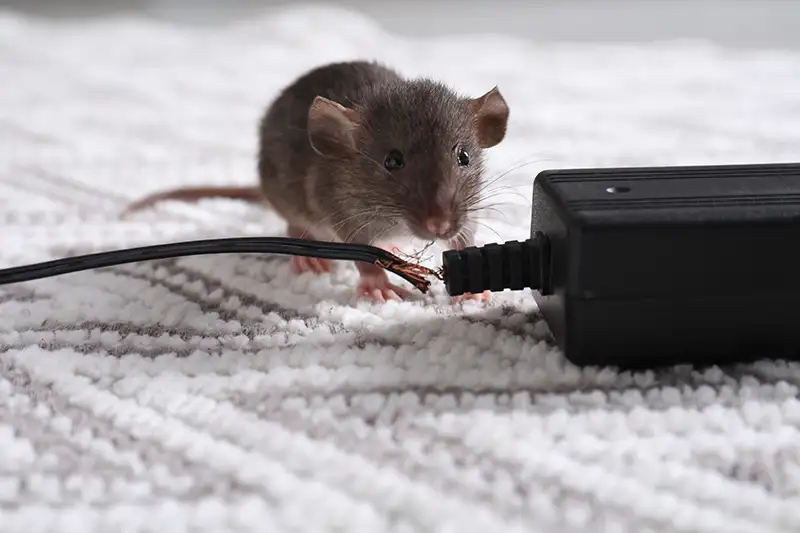Pest detection with AI-powered traps: Revolutionizing Household Safety
Share
In today's era of rapid technological advancement, the age-old problem of managing household pests has emerged into a sophisticated arena with the introduction of **AI-powered traps**. This cutting-edge solution not only takes pest detection to unparalleled heights but also promises efficiency, precision, and environmentally sensitive approaches to home safety.

Understanding AI-powered traps
The concept of employing artificial intelligence in pest detection hinges on enhancing traditional trapping mechanisms with smart features. Unlike conventional solutions, AI-powered traps utilize sensors and machine learning to identify and capture pests more effectively. These traps significantly alleviate the burden of manual inspections and provide a more responsive and intelligent approach to managing household intruders.
How AI transforms pest control
At the heart of this transformation is **machine learning**, which enables traps to differentiate between target pests and non-target animals, reducing unnecessary harm. Enhanced with data-gathering capabilities, these intelligent systems can offer insights into pest behavior and trends, giving a broader understanding of infestation patterns. This allows homeowners to adopt preventive measures to minimize future occurrences.
Smart traps in action
Smart traps equipped with AI can actively notify homeowners via smartphone applications, providing real-time updates on their status. This connectivity ensures that a swift response can be initiated if a particular pest poses a threat or if a trap requires maintenance. For more strategies on safeguarding your home, explore these home maintenance techniques.
The environmental impact
Critically, AI-powered traps advocate for an eco-friendly approach. By accurately distinguishing between different species, these traps reduce the need for harmful chemicals, aligning with sustainable practices. They offer a much-needed alternative to traditional pesticides, ensuring that non-target creatures remain unharmed.
Benefits and challenges of adopting AI in pest control
The primary benefit of using AI in pest detection is its precision. Homeowners can maintain peace of mind knowing that their pest control system operates efficiently and intelligently. However, there are challenges, particularly the initial cost and the continuous need for technological upgrades. Understanding these cost-effective options can help balance expenses.
Potential drawbacks
While AI-powered traps promise countless advantages, there are potential drawbacks such as privacy concerns due to data usage and the necessity for internet connectivity. However, ongoing innovations in cybersecurity aim to secure personal data from any susceptibilities.
Future prospects
The evolution of AI-powered traps hints at an exciting future for pest management, promising a broadened scope that potentially includes enhanced data analytics and new trapping methodologies. To further explore ways to DIY pest control, see this insightful guide.

FAQ
Q: How do AI-powered traps differentiate between different pests?
A: These traps use sensors and machine learning algorithms to identify specific characteristics of pests, ensuring targeted trapping and reduced false captures.
Q: Are AI-powered traps cost-effective?
A: Initially, they may seem costly, but their efficiency and reduced chemical usage potentially save money in the long term.
Q: What are some environmental benefits of AI-powered pest traps?
A: They minimize pesticide use by targeting specific pests, thus preserving the ecosystem and protecting non-target species.
As we increasingly embrace intelligent technology, the prospect of a pest-free home becomes more tangible thanks to the remarkable advancements in **AI-powered traps**. The journey towards brighter solutions continues, offering a sustainable and connected future for our homes.
This article contains affiliate links. We may earn a commission at no extra cost to you.
